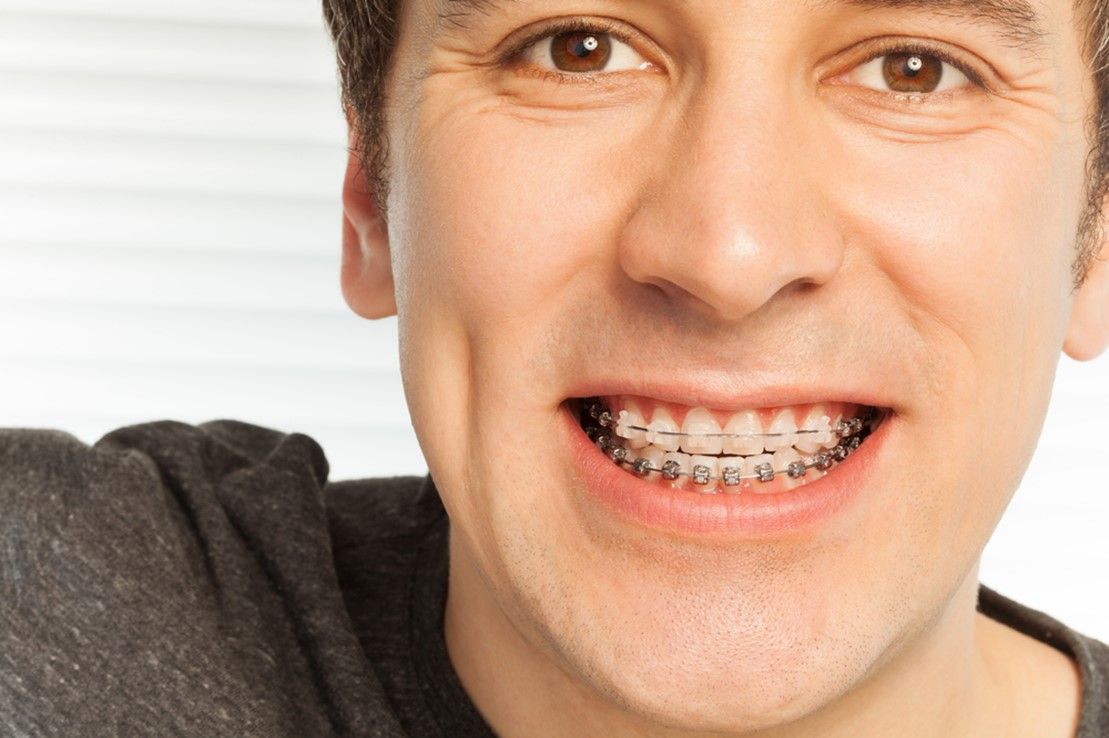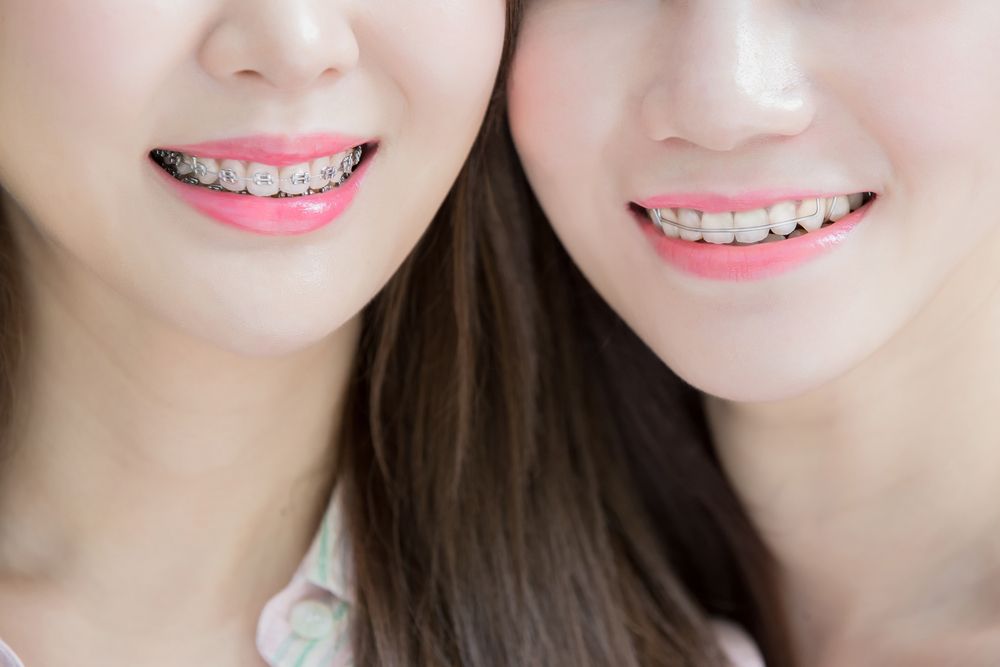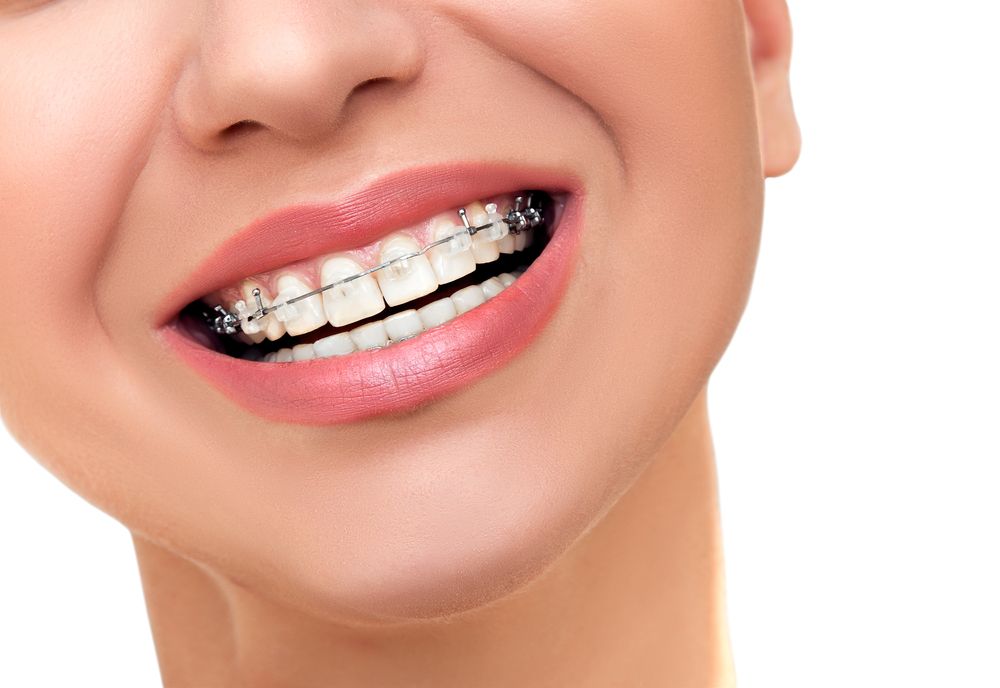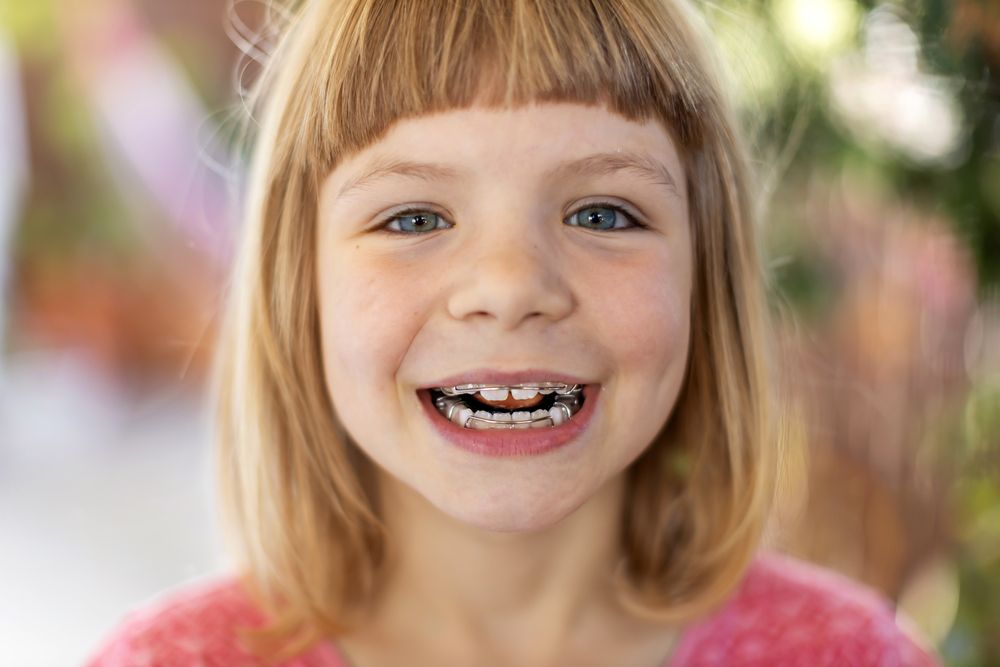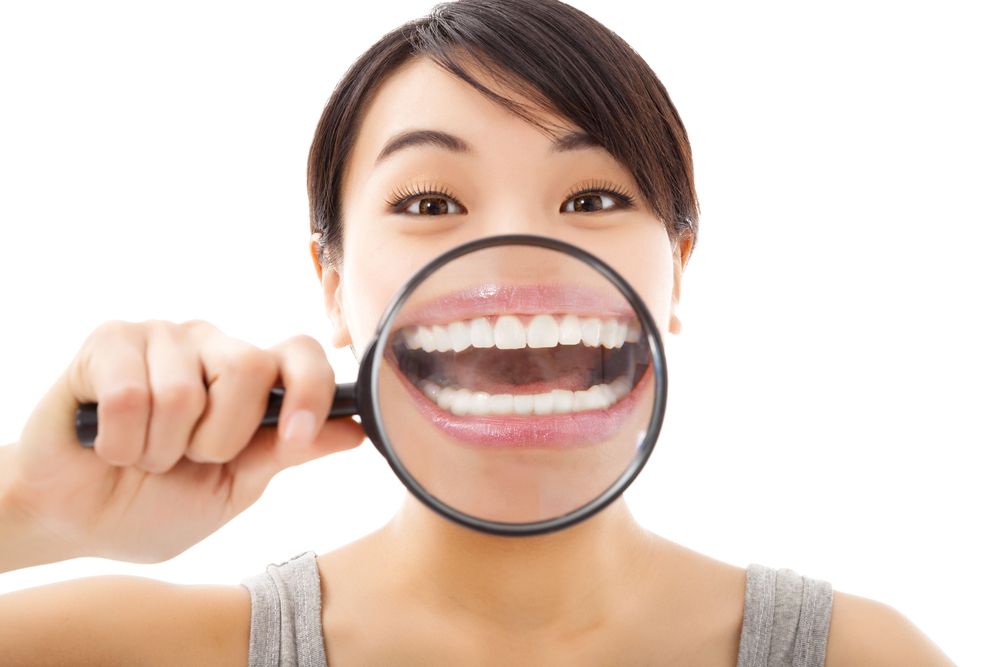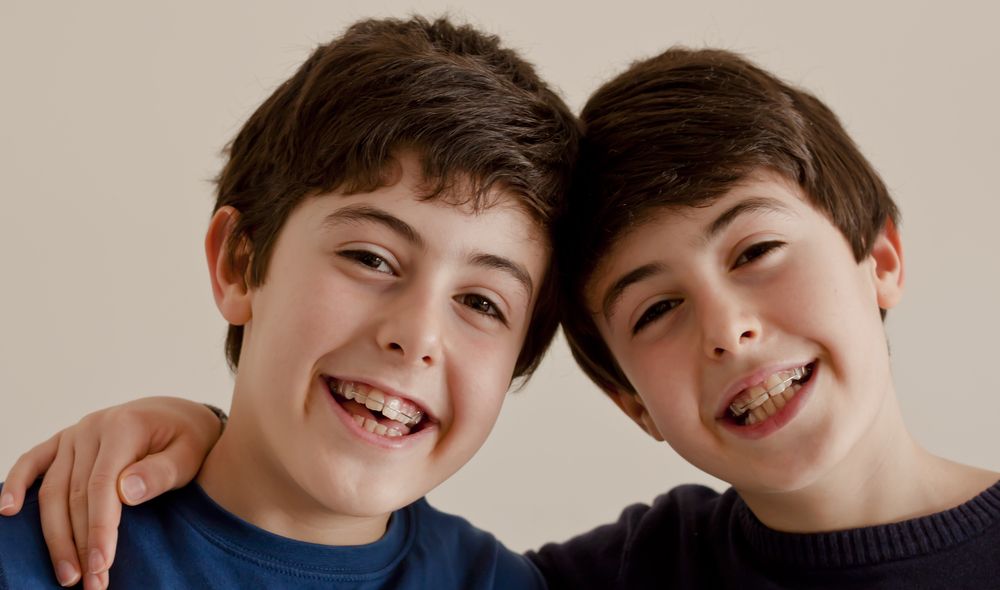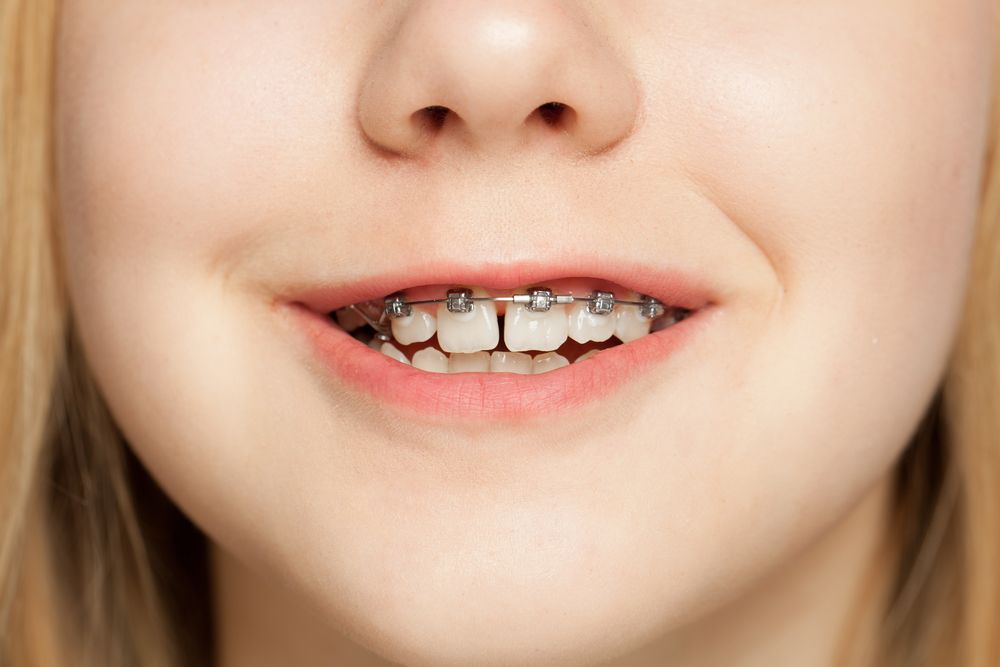3 Options to Straighten Teeth
Every person’s smile is unique but not necessarily attractive or healthy. Issues like wide or varied spacing between teeth, twisted or crooked teeth, and overlapping teeth can make a smile unappealing. An orthodontist can close spaces, straighten teeth, and line them up uniformly in the arch to create a more pleasing smile. Orthodontists also correct bite issues for optimal functional comfort and reduced potential for tooth wear/damage.
We accomplish teeth movements with orthodontics. Dr. Wint W. Tun at Harmony Orthodontics in Tomball, TX, offers three primary treatments to straighten teeth. In today’s blog, we’ll explain these three options:
- Clear Braces
- Metal Braces
- Invisalign
Clear Braces
Adults and teenagers often want an inconspicuous alternative to metal braces, and clear braces fit the bill. Clear braces feature transparent or tooth-colored ceramic brackets, coupled with nickel wires, which are less obvious than traditional metal orthodontic wires. Around each clear bracket, a clear rubber band acts as a ligature, holding the archwire in place and creating strategic to direct tooth movement.
You might wonder why anyone would choose clear braces over Invisalign clear aligners. Some cases simply don’t qualify for Invisalign. For example, aligners cannot pull teeth farther out of the socket for a longer look or push teeth into the socket for a shorter look. Additionally, twisted teeth aren’t corrected by aligners; they require a bracket and archwire to achieve rotation within the socket.
Patients often select clear braces for top teeth and metal braces for lower teeth.
Metal Braces
Modern metal braces are smaller and less bulky than in previous generations. However, they still feature metal brackets and wires. Because of their durability, metal braces are better suited for complex cases. In addition, metal braces cost less than ceramic braces.
Patients can wear metal braces for six months to two years to achieve the desired outcome. Every six weeks, the patient needs to attend an orthodontic visit so we can adjust the archwires, change out rubber bands (ligatures), and assess treatment progress.
Young patients may want to jazz up their braces with colored bands. Kids often choose school or favorite team colors to show their spirit. Holiday colors are also popular: green and red for Christmas, orange and purple for Halloween, etc.
Invisalign
A popular choice for our image-conscious patients, Invisalign clear, removable orthodontic aligners are custom made from transparent, flexible acrylic, so they aren’t easy to see when the patient smiles or speaks. Furthermore, patients can remove the aligners when eating a meal, cleaning their teeth, or attending a special event, like a photo session or wedding.
Patients wear an aligner for approximately two weeks, then discard it and wear the next one in their series. Each aligner moves teeth a specific degree, and the next aligner picks up where the previous one left off. Most patients wear Invisalign for 6 to 18 months. To meet the projected treatment end date, patients should wear aligners 22 hours per day. Also, patients attend check-ins every six weeks or so.
We offer Invisalign for interceptive or phase one orthodontics in children, as well as for teens and adults. Invisalign Teen comes with 6 replacement aligners and BlueDot technology to measure compliance, at no additional cost.
Which is the best treatment to straighten your teeth?
Dr. Tun offers a no-cost consultation for new patients, with no obligation to accept a treatment plan. She’ll take x-rays, evaluate your teeth, and talk with you about the pros and cons of various orthodontic options. Together, you and she can decide upon the best treatment plan for the future of your smile.
We provide orthodontics for children, as well as adults of all ages. Call us today, in Tomball, to schedule your consultation: 832-699-3683.
